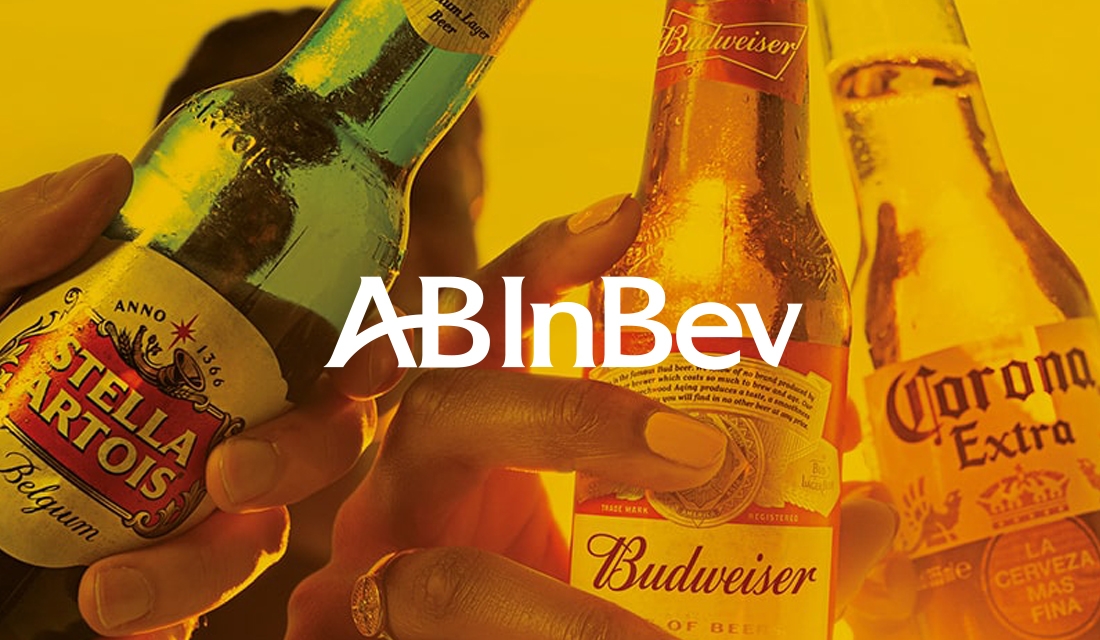AB InBev, the world’s largest brewing company, watched its shares fall sharply as beer sales volume dropped more steeply than analysts expected during the second quarter.
Although the company posted higher revenue and profit, weak demand in key international markets soured investor sentiment.
Sales Volumes Decline in Key Markets
The company reported a 1.9 percent year-over-year decline in sales volume over the past three months
significantly exceeding analysts’ predictions of a 0.3 percent dip.
This downturn stemmed primarily from underwhelming performance in China and Brazil.
In China, sales volumes fell 7.4 percent, and AB InBev acknowledged that it lagged behind competitors in the region.
Meanwhile, Brazila crucial market
recorded a 6.5 percent decrease in volume, which the company attributed to both unfavorable weather and a strong comparison to last year’s performance.
Revenue and Profit Show Resilience
Despite the volume drop, AB InBev managed to grow its organic revenue by 3 percent, reaching \$15 billion.
The company credited this growth to a rebound in U.S. sales and price adjustments.
Furthermore, operating profit rose 6.5 percent year-over-year, surpassing forecasts of 5.7 percent growth, as consumers spent more per unit.
Shares Drop Despite Financial Gains
By late morning in London, shares had narrowed earlier losses but still remained down by more than 9 percent after plunging as much as 11 percent earlier in the day.
Chief Executive Michel Doukeris described the quarter as a testament to the global beer market’s strength.
He also emphasized continued growth in flagship brands such as Corona and Stella Artois.
Analysts Warn of Lingering Challenges
Nevertheless, market analysts warned that the unexpected size of the volume slump could overshadow the company’s solid financial results.
In a recent report, it pointed out that disappointing sales across Asia, Latin America, and parts of Europe and Africa could pressure the stock in the short term.
This comes despite the stock having risen around 19 percent year-to-date prior to the report.
Industry Faces Rising Costs and Trade Tensions
Moreover, the brewing industry continues to grapple with increasing cost pressures.
Aluminum tariffs of 50 percent on U.S. imports are expected to raise packaging costs.
However, AB InBev stated in May that it sources nearly all of its cans used in the United States domestically, which may help shield it from some price volatility.
At the same time, alcohol producers remain alert to ongoing trade discussions between the European Union and the United States.
Wine and spirits manufacturers are currently seeking exemption from proposed tariffs, which would impose a 15 percent levy on many European exports to the U.S.
Looking Ahead
While brewers benefit somewhat from local production buffers, shifting global demand patterns and ongoing international trade tensions continue to shape the sector’s outlook.







Comment
No comments found.